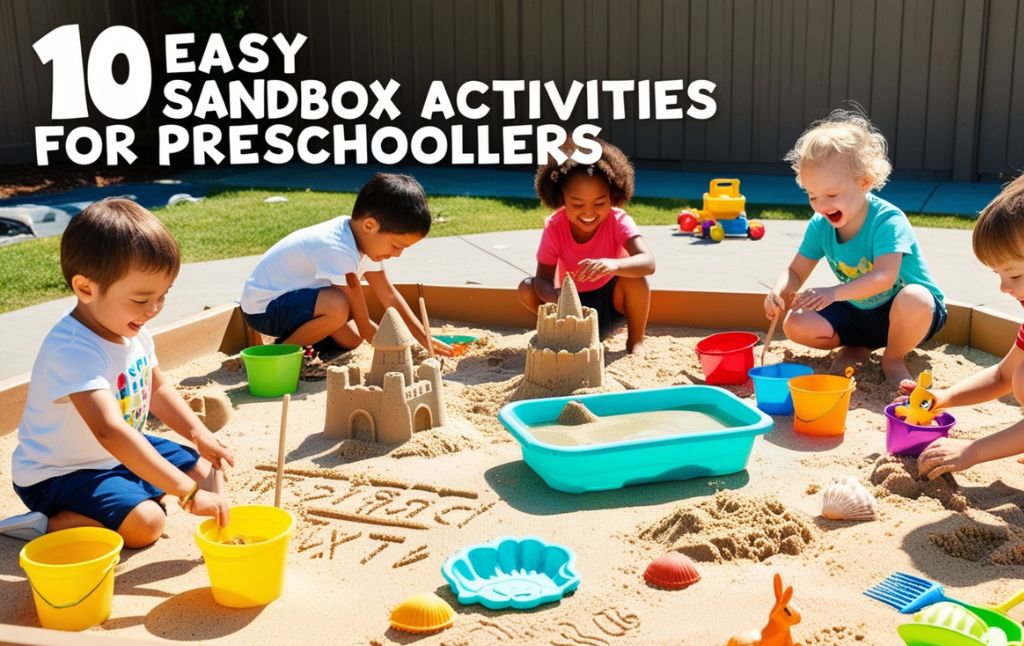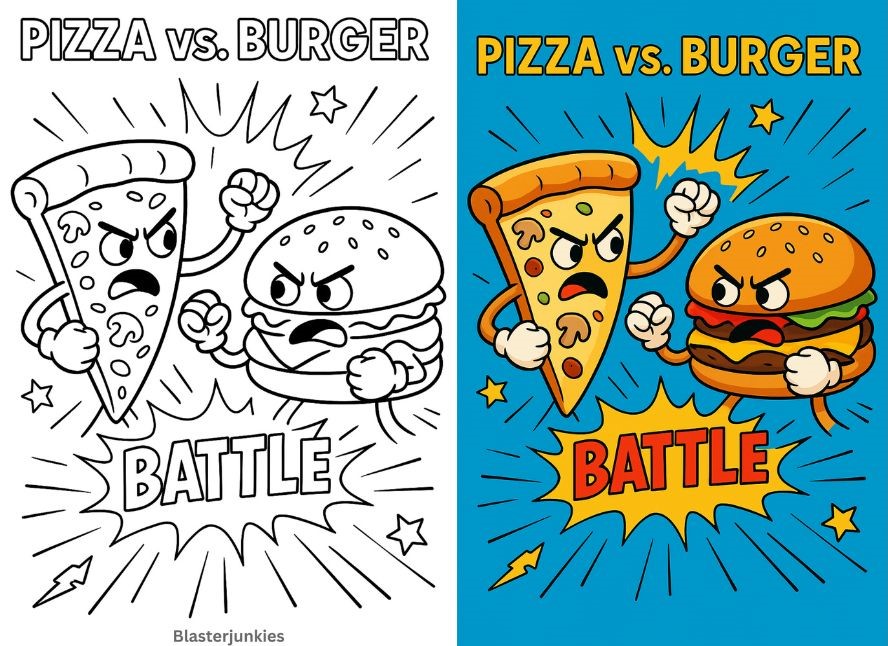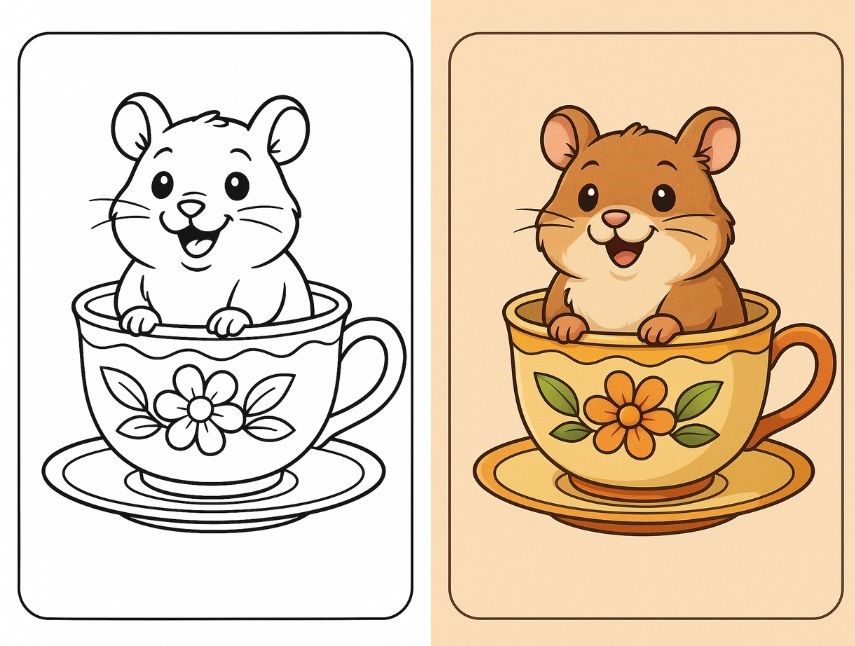A sandbox is more than just a place for kids to dig and build castles; it’s a fantastic tool for sensory play, creativity, and learning.
Preschoolers love to explore different textures, shapes, and movements, and a sandbox provides the perfect environment for these discoveries.
If you’re looking for fun, simple, and engaging sandbox activities for little ones, we’ve got you covered! Here are 10 easy sandbox activities that will keep preschoolers entertained while enhancing their fine motor skills, creativity, and problem-solving abilities.
1.) Treasure Hunt
What You Need:
- Small plastic toys, shells, or coins
- Plastic shovel or hands for digging
- A small container for collecting treasures
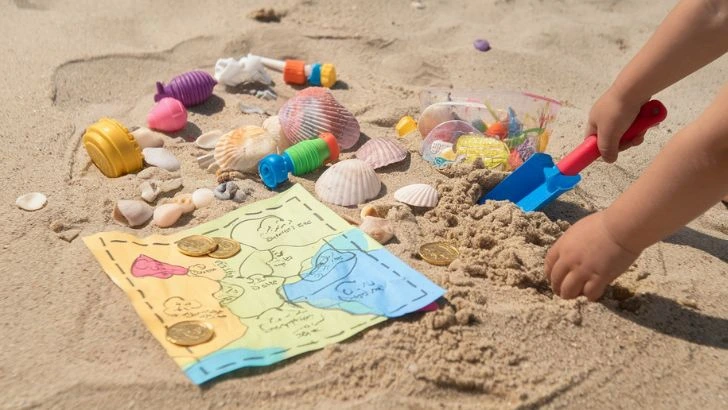
Bury small toys or objects in the sand. Give children clues or a treasure map to find the hidden items. Let them dig and collect the “treasures.”
Learning Benefits:
Improves problem-solving skills. Encourages imaginative play, Enhances fine motor skills
2.) Building Sandcastles
What You Need:
- Buckets and cups of different sizes
- Sand molds
- Water spray bottle
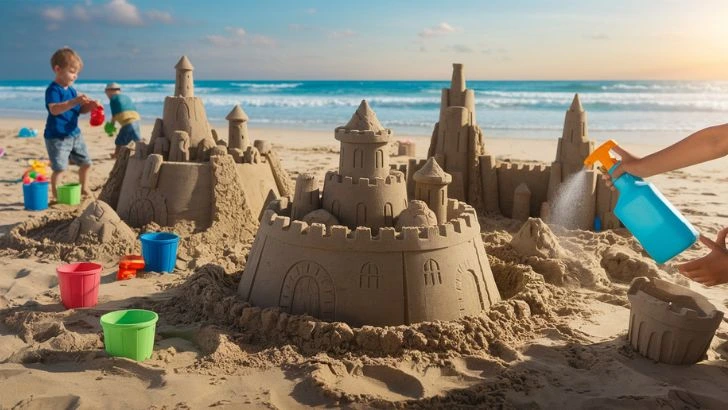
Fill the buckets with damp sand and turn them upside down to create sandcastles. Use hands or molds to shape towers and walls. Spray a little water to help the sand hold its shape.
Learning Benefits:
Encourages creativity and design skills, Strengthens hand-eye coordination, Develops patience and focus
3.) Roads and Tracks for Toy Cars
What You Need:
- Small toy cars or trucks
- Plastic spoons, sticks, or small rakes to create tracks
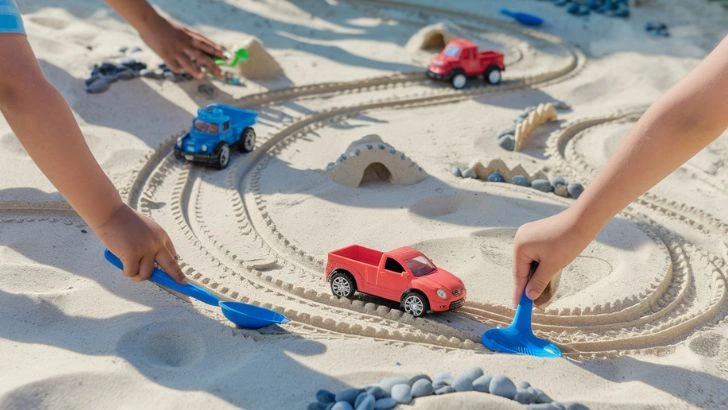
Use spoons or hands to create roads in the sand. Drive the toy cars along the roads. Add small obstacles like pebbles or tunnels.
Learning Benefits:
Develops hand-eye coordination, Enhances storytelling and imaginative play. Teaches basic engineering concepts
4.) Animal Footprint Stamping
What You Need:
- Plastic animal toys with different footprints
- Sand (smooth and level for stamping)
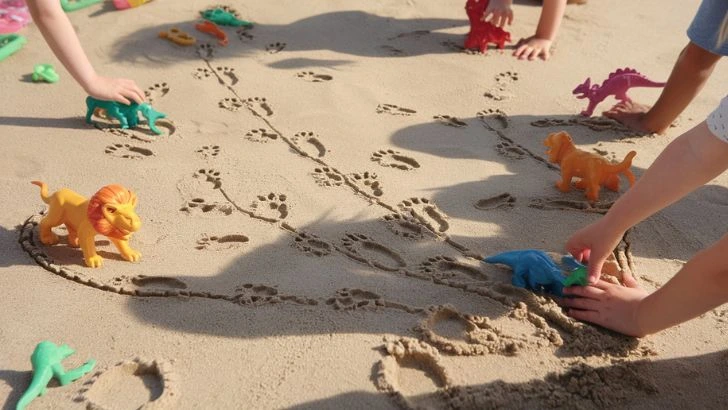
Press the toy animals into the sand to create footprints. Ask children to guess which animal made which track. Create patterns or trails to follow.
Learning Benefits:
Enhances pattern recognition. Encourages observation skills. Teaches basic science concepts (animal movement)
5.) Mini Volcano Experiment
What You Need:
- A small cup
- Baking soda
- Vinegar
- Food coloring (optional)
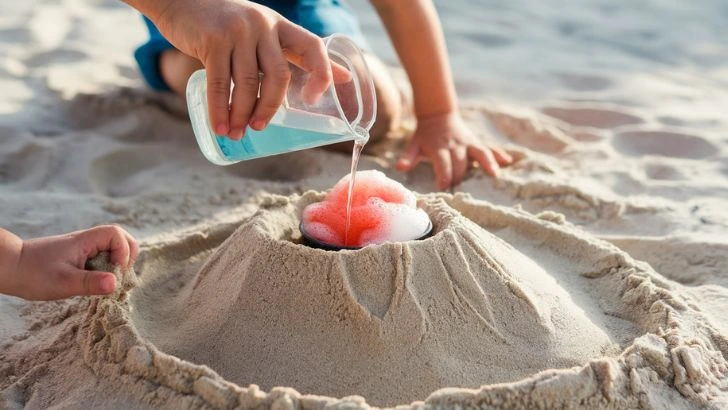
Place a small cup in the sand and build a sand mound around it. Add baking soda inside the cup. Pour vinegar over the baking soda and watch the “volcano” erupt!
Learning Benefits:
Introduces basic science concepts. Encourages curiosity and experimentation. Engages sensory play
6.) Sand Art with Sticks and Shells
What You Need:
- Sticks, shells, leaves, and pebbles
- A flat surface of sand
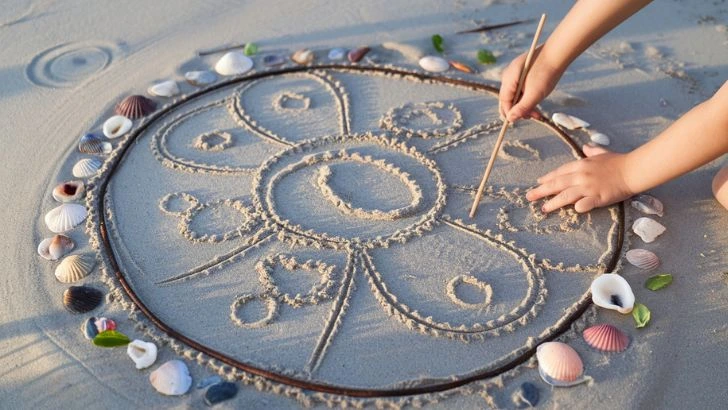
Use sticks to draw pictures or patterns in the sand. Arrange shells and pebbles to decorate the artwork. Smooth out the sand and create a new masterpiece!
Learning Benefits:
Encourages creativity and artistic expression, Improves fine motor skills, Boosts visual-spatial awareness
7.) Sink or Float Experiment
What You Need:
- What You Need:
- A small tub of water
- Various objects (plastic toys, leaves, small stones, spoons)
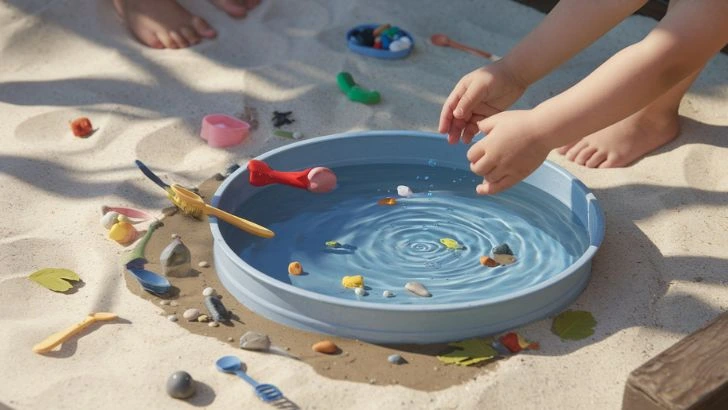
Fill a small container with water and place it in the sandbox. Have children guess which objects will sink or float before testing them. Discuss the results and why they happened.
Learning Benefits:
Teaches early physics concepts, Encourages critical thinking, Enhances observation skills
8.) Letter and Number Tracing
What You Need:
- A stick or finger for writing
- Smooth, flat sand surface
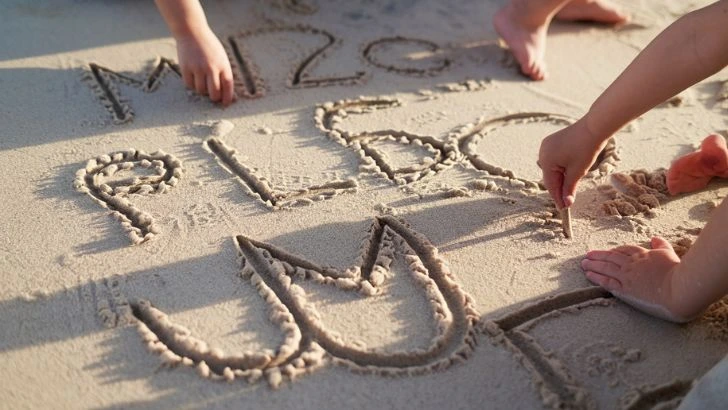
Show kids how to write letters or numbers in the sand. Ask them to trace over them with their finger or a stick. Challenge them to write their own names or simple words.
Learning Benefits:
Strengthens pre-writing skills, Helps with letter and number recognition, Encourages early literacy
9.) Dinosaur Dig
What You Need:
- Small dinosaur figurines or plastic bones
- Paintbrushes or spoons for excavation
Bury dinosaurs or bones in the sand. Give children small brushes or spoons to gently dig them out. Talk about the different dinosaurs they uncover.
Learning Benefits:
Encourages imaginative play, Introduces paleontology and history, Improves fine motor skills
10.) Mud Pie Kitchen
What You Need:
- Sand and water
- Old pots, pans, and spoons
- Natural materials (leaves, pebbles, flowers)
Mix sand and water to create a “dough.” Shape the mixture into pretend cakes, cookies, or pies. Decorate with leaves, flowers, and pebbles.
Learning Benefits:
Encourages pretend play and social interaction, Enhances creativity, Strengthens sensory and fine motor skills
Conclusion
Sandbox activities provide endless opportunities for fun and learning. Whether your preschooler enjoys building, exploring, or experimenting, these 10 easy sandbox activities will keep them engaged while helping them develop essential skills.
Best of all, they require minimal setup and materials, making them perfect for parents and teachers alike.
So, grab some sand toys, let the little ones dive in, and watch as they explore, create, and learn through play!
Which sandbox activity is your child’s favorite? Let us know in the comments!

